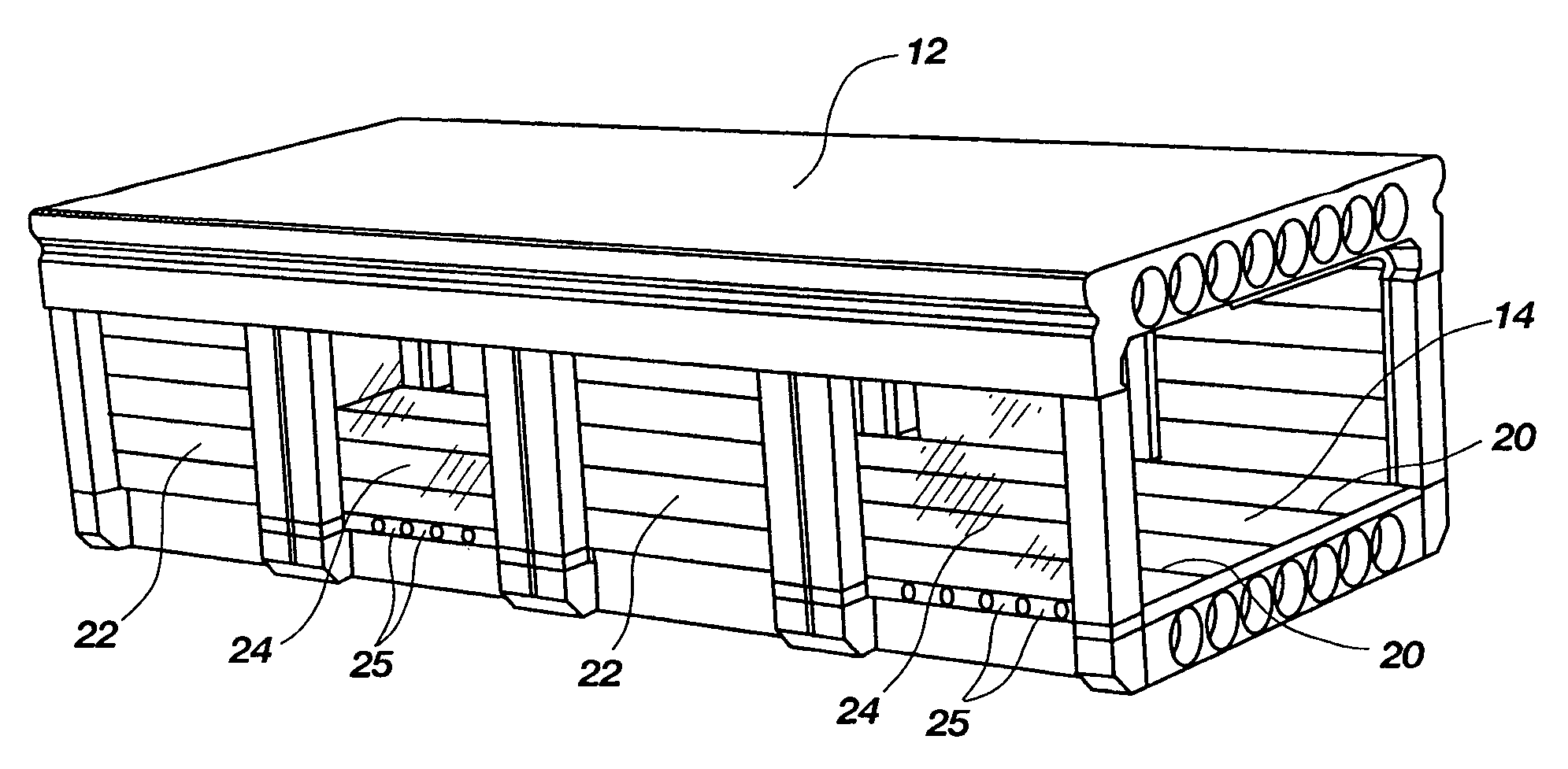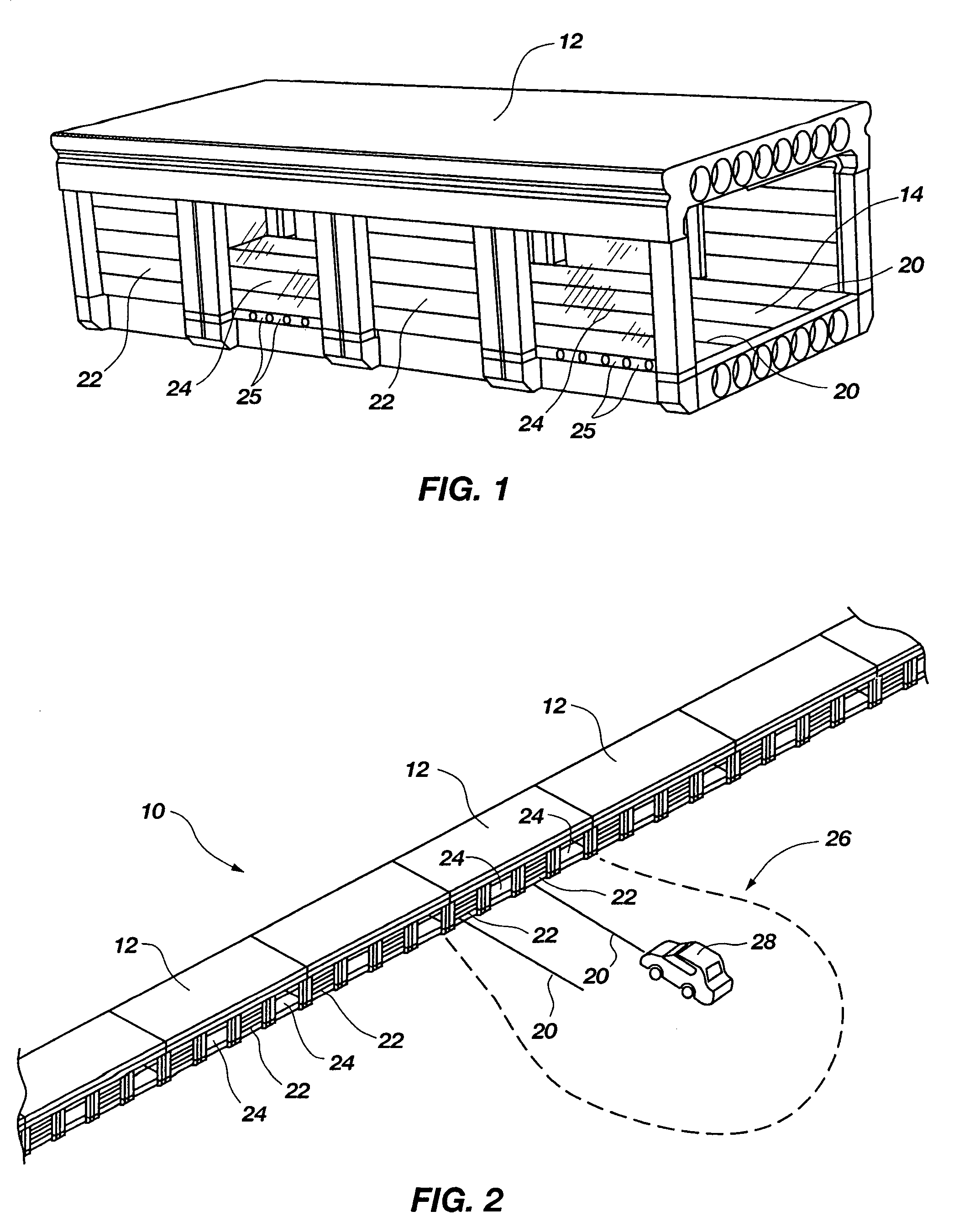Transit system
a transit system and transit technology, applied in the direction of railway stations, rope railways, railways, etc., can solve the problems of urban congestion, pollution, traffic snarls, etc., and achieve the effect of flexibility and independen
- Summary
- Abstract
- Description
- Claims
- Application Information
AI Technical Summary
Benefits of technology
Problems solved by technology
Method used
Image
Examples
example 1
[0067]A manager asks a subordinate to come to California as soon as possible. There is no need to go to a hub like an airport. The subordinate simply summons a rental vehicle and goes directly to the manager's site in about 2 hours. There is no need to deal with freeway or airport hassles. The subordinate could literally take care of business and return back home in time for dinner.
example 2
[0068]Since the vehicle is autonomous, one family could use a single vehicle for all commutes. The vehicle could return to pick up family members at home, or at other destinations. The vehicle could even provide commutes for the canine companion. Dogs could utilize this system, in their own autonomous way. The family could also drive the vehicle on traditional infrastructure (i.e. between their home and a public port). In addition, the system would be useful to the blind, elderly, under-aged drivers and those who have lost their drivers license due to driving under the influence.
example 3
[0069]Freight vehicles may transport palates of product rather than a truckload Freight could be shipped more often, with less latency, and be more able to ship around-the-clock, which greatly reduces the need for large hubs and storage. Since the vehicles are autonomous, freight could be shipped during off-peak hours, thus saving costs and optimizing use.
PUM
 Login to View More
Login to View More Abstract
Description
Claims
Application Information
 Login to View More
Login to View More - R&D
- Intellectual Property
- Life Sciences
- Materials
- Tech Scout
- Unparalleled Data Quality
- Higher Quality Content
- 60% Fewer Hallucinations
Browse by: Latest US Patents, China's latest patents, Technical Efficacy Thesaurus, Application Domain, Technology Topic, Popular Technical Reports.
© 2025 PatSnap. All rights reserved.Legal|Privacy policy|Modern Slavery Act Transparency Statement|Sitemap|About US| Contact US: help@patsnap.com



